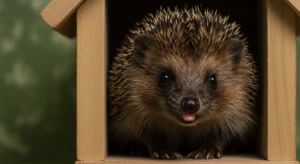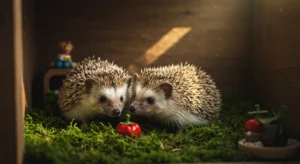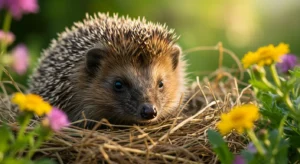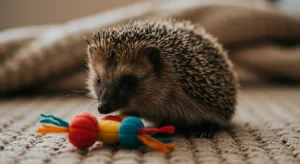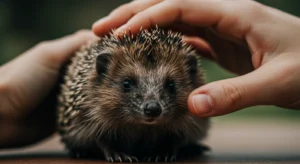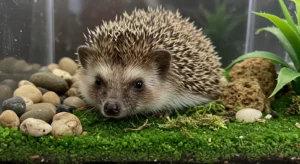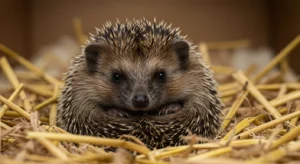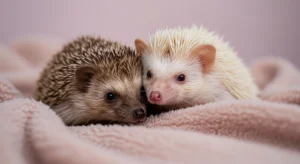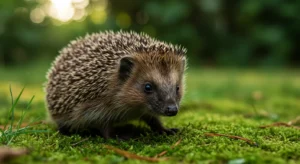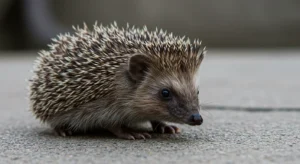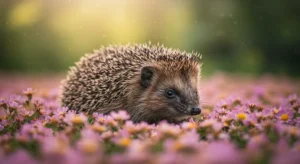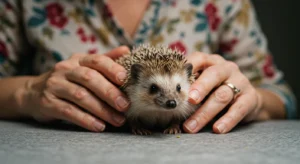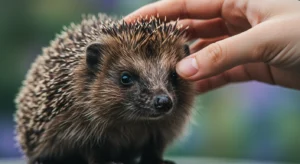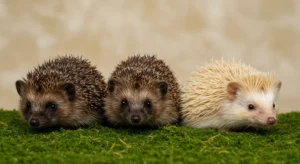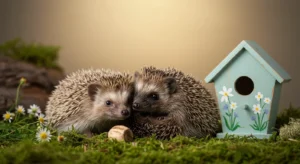Hedgehog Dietitian: Crafting a Balanced Meal Plan
Providing a nutritionally complete and balanced diet is fundamental to the health and longevity of your pet African Pygmy Hedgehog. These insectivores have specific dietary needs that differ significantly from other small pets. Crafting an appropriate meal plan involves understanding the key components, selecting quality foods, and practicing portion control.
Importance of a Balanced Diet
A proper diet supports:
- Healthy weight maintenance
- Strong immune system function
- Good energy levels
- Healthy skin and quill production
- Proper organ function
- Prevention of nutritional deficiencies and diet-related diseases (like obesity, fatty liver disease)
An unbalanced diet is a leading cause of health problems in captive hedgehogs.
Core Components of a Hedgehog Diet
A hedgehog’s diet should primarily consist of:
- High-Quality Protein: Mainly from insect and meat sources.
- Moderate Fat: Essential for energy but excessive amounts lead to obesity.
- Fiber: Important for digestion, often sourced from insect exoskeletons (chitin) and some plant matter.
- Essential Vitamins and Minerals: Including calcium, phosphorus, Vitamin D3, etc.
According to Wikipedia’s section on African Pygmy Hedgehog Diet, they are primarily insectivorous but opportunistic, consuming other small prey and some plant matter in the wild.
Choosing a Staple Food (Kibble)
A high-quality, dry cat kibble or a specially formulated hedgehog food should form the base of the diet. Look for:
- Protein Content: Around 30-35% (primarily meat-based).
- Fat Content: Around 10-15% (avoid excessively high fat).
- Fiber Content: Ideally above 5%, though higher fiber from insects is also beneficial.
- Ingredient Quality: Named meat source (e.g., chicken, turkey) listed as one of the first ingredients. Avoid foods with excessive fillers like corn, artificial colors, or by-products listed first.
It’s often recommended to mix 2-3 high-quality kibbles to provide a broader nutrient profile and prevent pickiness if one food becomes unavailable.
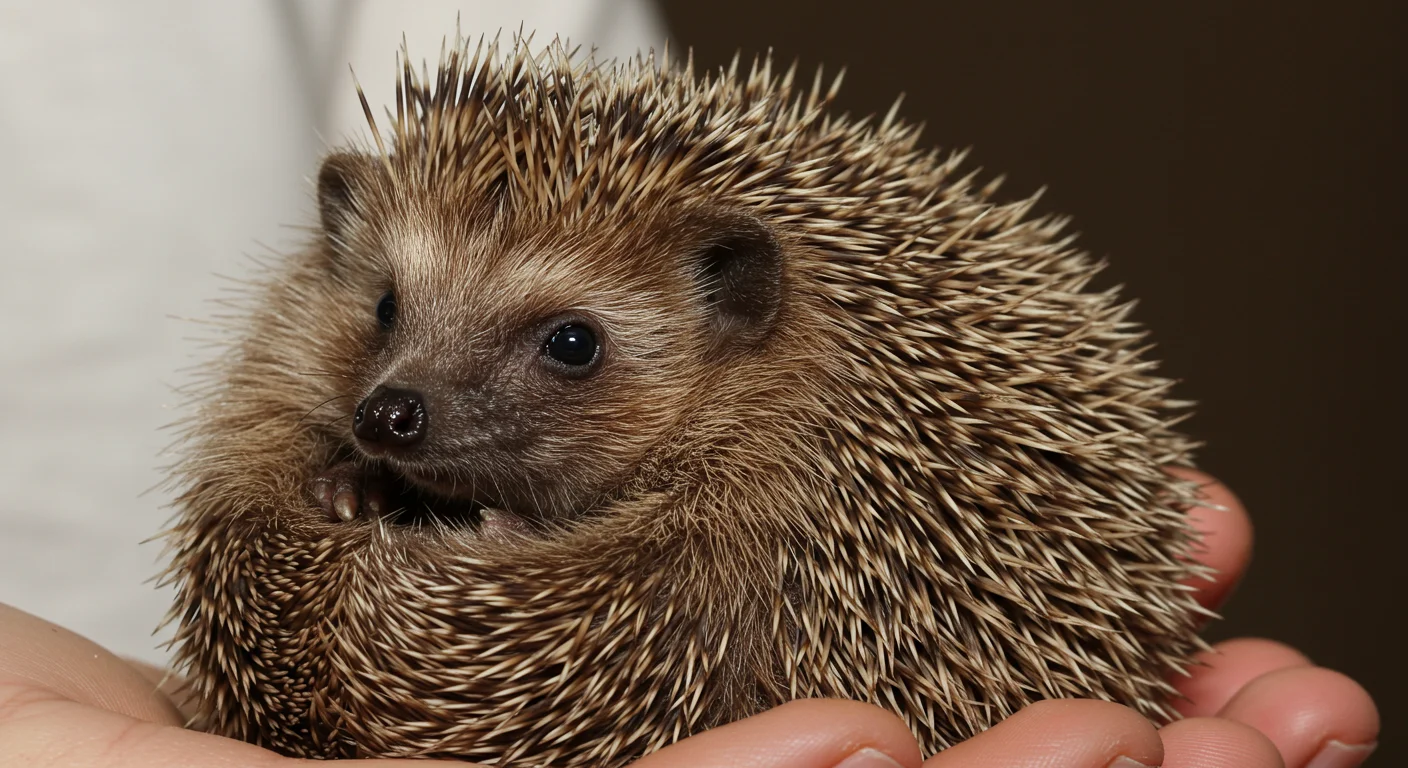
Insects: Essential Protein Source
Live or dried insects are crucial. They provide essential protein, chitin (fiber), and enrichment.
- Good Choices: Mealworms (in moderation due to fat), crickets, dubia roaches, waxworms (sparingly – very high fat), superworms (sparingly), silkworms, phoenix worms (calci-worms).
- Gut-Loading: Feed insects a nutritious diet (oats, vegetables) for 24-48 hours before feeding them to your hedgehog to maximize their nutritional value.
- Variety: Offer a variety of insects regularly (several times a week).
Creating a varied hedgehog diet that includes different insects helps ensure balanced nutrition and mimics natural foraging.
Fruits, Veggies & Other Treats
Offer these in small amounts, only 1-2 times per week:
- Safe Fruits: Small pieces of apple, banana, berries, melon (no seeds/pits).
- Safe Veggies: Cooked peas, carrots, green beans, sweet potato (small amounts). Leafy greens like spinach (sparingly due to oxalates).
- Cooked Meats: Tiny amounts of unseasoned cooked chicken, turkey, or scrambled egg.
Treats should make up no more than 10% of the total diet.
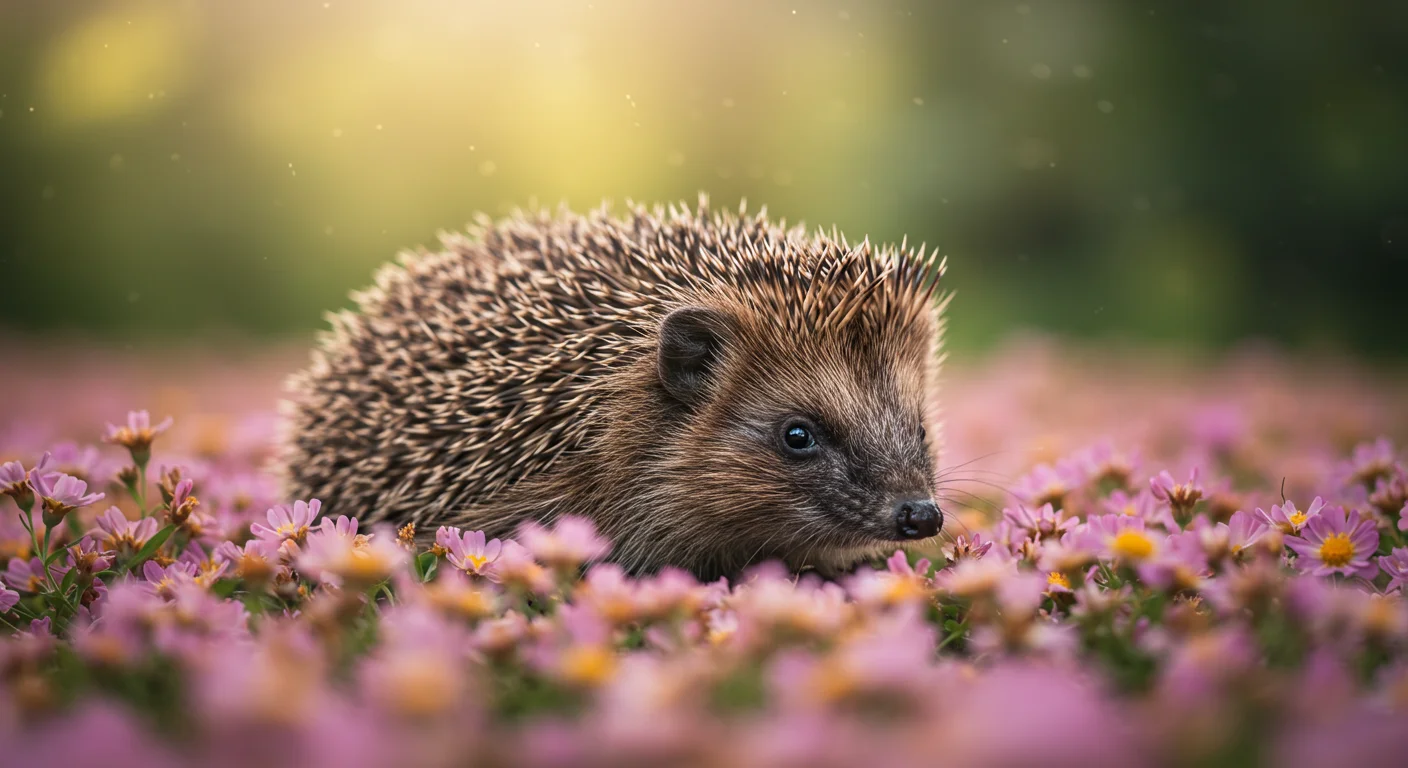
Foods to Avoid
Many foods are harmful or toxic:
- Dairy Products: Hedgehogs are lactose intolerant.
- Nuts & Seeds: Choking hazard, too high in fat.
- Avocado: Toxic.
- Grapes & Raisins: Toxic to many small animals.
- Onions & Garlic: Toxic.
- Chocolate & Caffeine: Toxic.
- Raw Meat & Eggs: Risk of Salmonella/bacteria.
- Processed Human Foods: High in salt, sugar, preservatives.
- Wild Insects: May carry parasites or pesticides.
When in Doubt, Leave it Out: If unsure about a food’s safety, do not feed it to your hedgehog.
Portion Control & Frequency
- Kibble: Generally 1-2 tablespoons per night. Adjust based on age, activity level, and weight.
- Insects: A small handful (e.g., 5-10 mealworms or 3-5 crickets) several times a week.
- Treats: Teaspoon-sized portions 1-2 times per week maximum.
- Feeding Time: Feed in the evening when hedgehogs naturally become active.
- Water: Fresh, clean water must be available at all times, preferably in a heavy ceramic bowl (bottles can damage teeth and limit intake).
Consistent measuring hedgehog food portions and monitoring your hedgehog’s weight are crucial for preventing obesity.
References
- Wikipedia contributors. (2024). African pygmy hedgehog. *Wikipedia, The Free Encyclopedia*. Retrieved from https://en.wikipedia.org/wiki/African_pygmy_hedgehog#Diet
- Reputable Hedgehog Care Websites and Veterinary Nutrition Resources.
